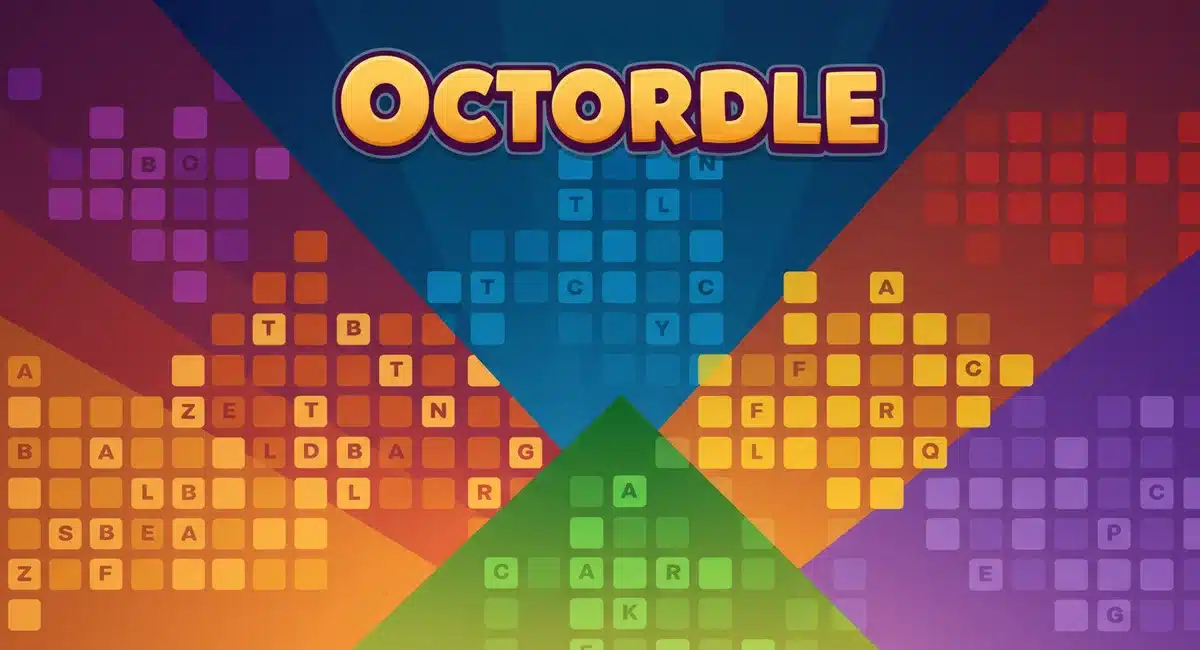Languages in the USA: A Reflection of Diversity and History
The USA is a melting pot of cultures and communities from all over the world. With its diverse population, the country is home to many different languages, reflecting its rich history and the contributions of immigrants and communities from around the globe. While English is the dominant language in the USA, many other languages are spoken within the country, and efforts are made to support and value linguistic diversity.
Official Language:
English is the official language of the USA, designated as such by the government. This means that English is used in all official government documents, proceedings, and transactions. However, the USA does not have a federal law that mandates the use of English as the only language for official purposes. Many states have adopted laws that recognize languages other than English for certain official purposes.
Commonly Spoken Languages:
Spanish is the second most common language spoken within the USA, with more than 41 million people speaking it. Other commonly spoken languages in the USA include Chinese, French, German, Tagalog, and Vietnamese, among others. Many Native American languages are also spoken within the country, although they are spoken by a relatively small number of people.
Language Diversity:
The linguistic diversity of the USA is celebrated and valued. Many schools and organizations offer resources to help people learn or improve their language skills in languages other than English. This diversity has also contributed to the richness of American culture, with different languages and cultures coexisting and influencing one another.
Regional Diversity:
Languages spoken within the USA can vary by region. For example, Spanish is more commonly spoken in the Southwest and California, while French is more commonly spoken in Louisiana. Similarly, many Native American languages are spoken primarily in certain regions of the country. This regional linguistic diversity is a reflection of the country’s history and the various communities that have settled in different parts of the country.
Bilingual Education:
Bilingual education programs are offered in many schools throughout the USA, particularly in areas with high concentrations of non-English speaking students. These programs aim to help students become proficient in both their native language and English, allowing them to excel academically and socially in both languages. In addition, bilingualism has been shown to have cognitive and cultural benefits, including increased problem-solving abilities and greater appreciation for different cultures.
Language and Immigration:
Immigration has played a significant role in shaping the linguistic diversity of the USA. Many immigrants bring their native languages with them when they come to the USA, and some communities may continue to speak their native language as their primary language even after several generations. This has contributed to the linguistic diversity of the USA and has also created linguistic barriers for some immigrants who may struggle to learn English and fully integrate into American society.
American Sign Language:
American Sign Language (ASL) is a visual language used by the deaf and hard-of-hearing community within the USA. It is a distinct language with its own grammar and syntax and is not simply a visual representation of English. ASL is recognized as a language by the USA government, and there are resources available for people who want to learn or improve their ASL skills.
Language Rights:
While English is the dominant language within the USA, there are laws in place to protect the language rights of non-English speakers. For example, the Voting Rights Act requires that some election materials be available in languages other than English in areas with a significant number of non-English speakers. Similarly, the Civil Rights Act prohibits discrimination on the basis of national origin, which includes language discrimination.
Language and Culture:
Languages are more than just communication tools; they are a fundamental part of culture and identity. Language helps people express themselves and their ideas, share stories and experiences, and connect with others. The linguistic diversity of the USA is a reflection of the many different cultures and communities that have contributed to American society. For example, the Spanish language has had a significant impact on American culture, with words and phrases from Spanish often used in everyday English. The use of Native American languages in the USA also helps to preserve and celebrate the cultures of these communities.
Challenges and Opportunities:
While linguistic diversity in the USA is celebrated, it also presents some challenges. Language barriers can make it difficult for non-English speakers to fully participate in American society, including in areas such as education, healthcare, and employment. These barriers can also lead to social isolation and discrimination. However, efforts are being made to address these challenges, including through language education programs and language access policies. These efforts also present opportunities for people to learn new languages, broaden their perspectives, and connect with different cultures.
Global Connections:
The linguistic diversity of the USA also connects the country to the wider world. With many different languages spoken within the country, the USA has strong cultural and economic ties to many other countries and regions. For example, Spanish language skills are increasingly important in the global marketplace, and the ability to speak languages such as Chinese and Arabic can also be valuable in certain industries. The linguistic diversity of the USA, therefore, provides both cultural and economic benefits.
In conclusion, Languages in the USA reflect the country’s rich history and the many different cultures and communities that call it home. While English is the dominant language, many other languages are spoken within the country, and linguistic diversity is celebrated and valued. The use of languages such as Spanish and Native American languages also helps to preserve and celebrate the cultures of these communities. While language barriers can present challenges, they also provide opportunities for people to learn new languages and connect with different cultures. Overall, the linguistic diversity of the USA is a reflection of its strength as a nation of immigrants and its connections to the wider world.





